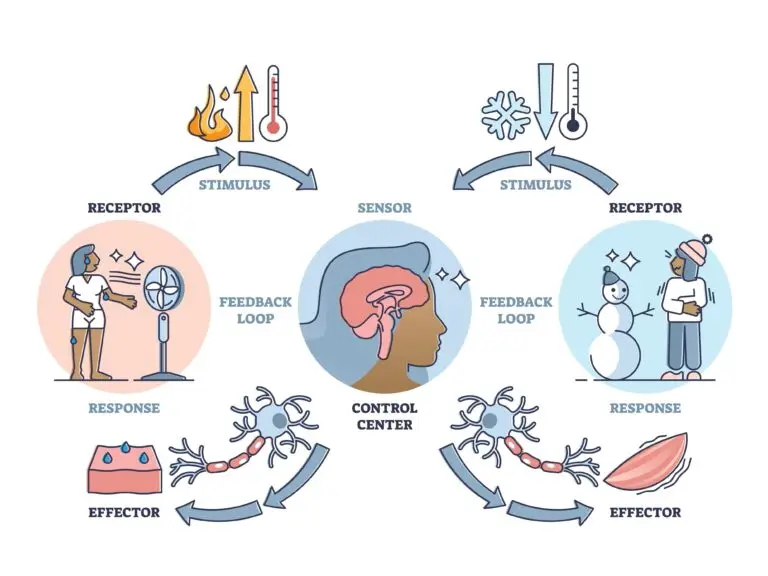Homeostasis

Table of Contents
What is Homeostasis?
Homeostasis is a fundamental biological concept that refers to the ability of an organism or a system to maintain internal stability and physiological balance in response to changes in the external environment. The goal of homeostasis is to keep key internal variables within a narrow range, allowing the organism to function optimally and adapt to varying conditions.
Understanding Homeostasis in Biology
Internal Stability
Homeostasis involves regulating internal conditions, such as temperature, pH, ion concentration, and nutrient levels, to maintain a stable and suitable environment for cellular and physiological processes.
Dynamic Equilibrium
Homeostasis is not a static state but rather a dynamic equilibrium. It involves continuous monitoring, feedback mechanisms, and adjustments to counteract deviations from the set point of internal variables.
Feedback Mechanisms
Feedback loops are central to homeostasis. There are two main types of feedback mechanisms: negative and positive. Negative feedback systems counteract deviations from the set point, while positive feedback systems amplify or reinforce deviations.
Regulatory Systems
Various physiological and behavioral mechanisms regulate homeostasis. Examples include the endocrine system, nervous system, and organ systems that work together to monitor and adjust internal conditions.
Temperature Regulation
Thermoregulation is a specific aspect of homeostasis that involves maintaining body temperature within a narrow range. Sweating, shivering, and blood vessel dilation or constriction are mechanisms used to regulate temperature.
Adaptation to Environmental Changes
Homeostasis enables organisms to adapt to changes in the external environment. It allows them to maintain stability despite fluctuations in temperature, humidity, food availability, and other environmental factors.
Related Links
Anatomy
Excretion
Nervous System
Osmosis